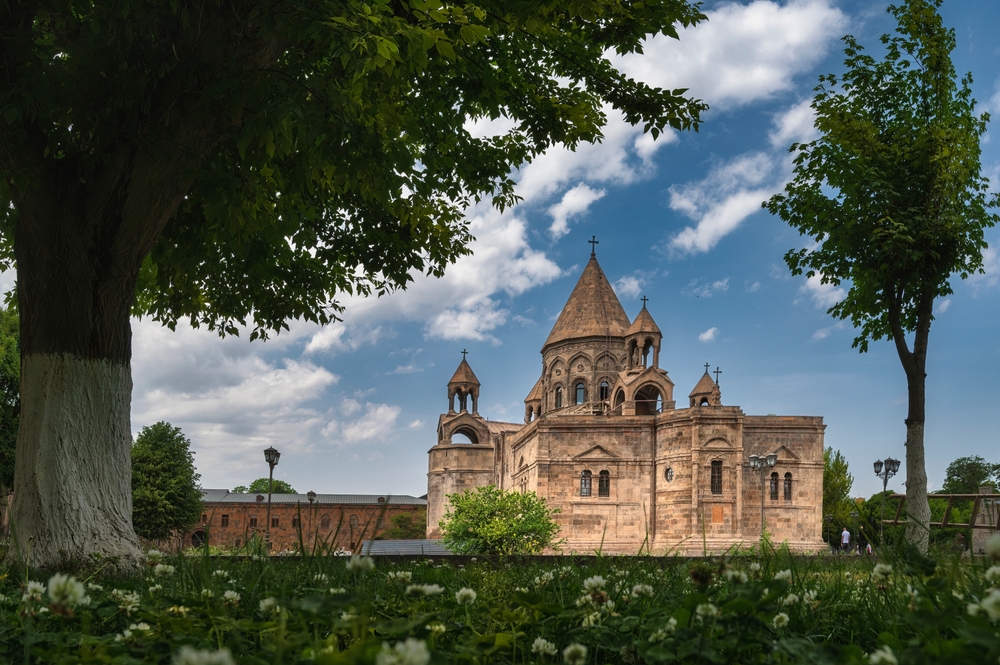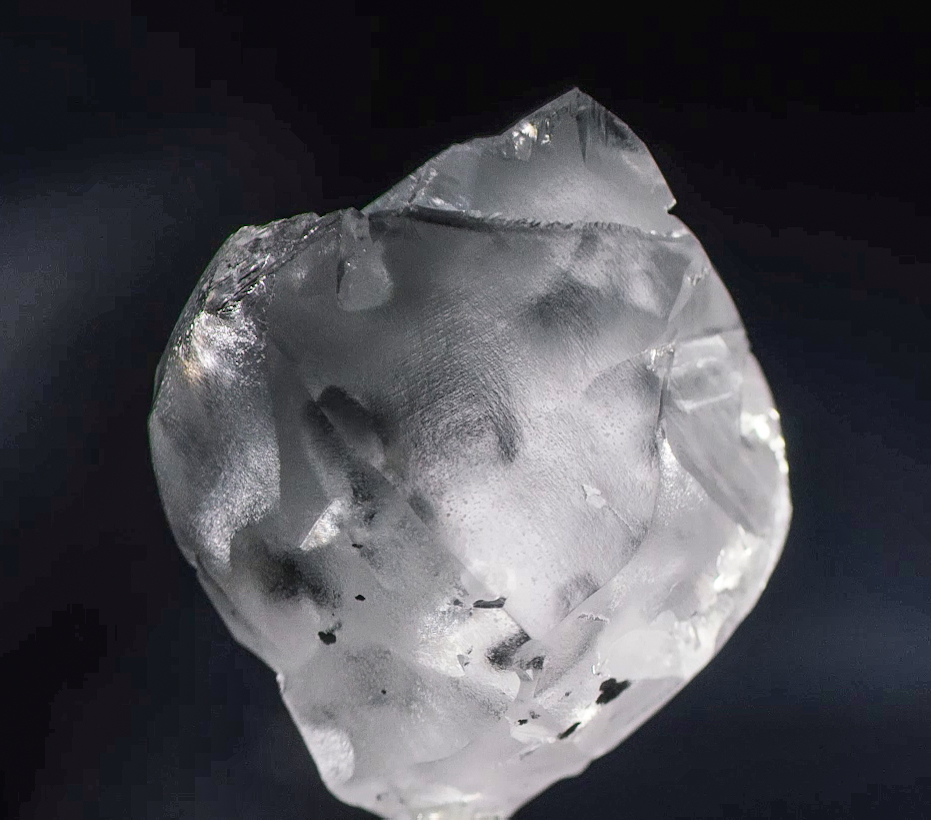Throughout history, ancient civilizations developed a variety of medical practices, many of which seem strange or unconventional by today’s standards. Yet, despite their oddness, some of these methods were surprisingly effective and laid the groundwork for modern medicine. From using natural remedies like willow bark for pain relief to more unusual treatments like leech therapy and trepanation, early healers demonstrated an impressive understanding of the human body. These practices, rooted in a mix of observation, trial-and-error, and spiritual beliefs, show how our ancestors sought to cure ailments with the resources they had. While some of these techniques have faded with time, others continue to influence medicine today.
Bloodletting
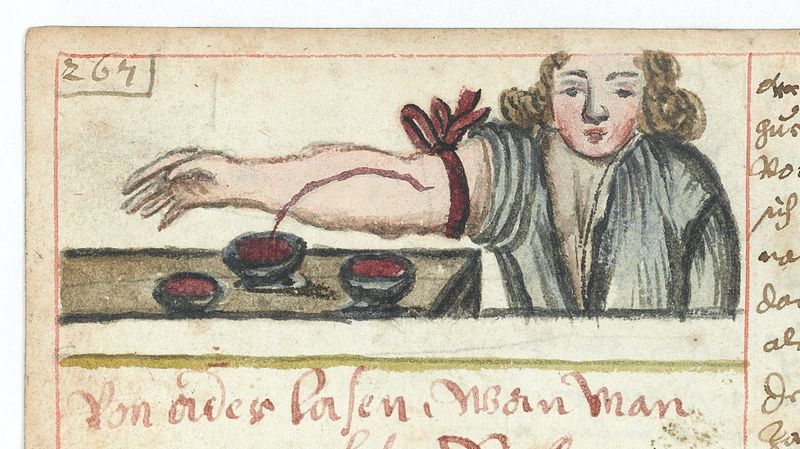
Bloodletting, practiced in ancient Greece, was based on the theory of balancing the four humors. While it might seem dangerous by modern standards, it was often effective in reducing high blood pressure and addressing infections. Physicians believed that releasing “bad” blood could restore health. Surprisingly, this practice helped reduce the severity of certain conditions like pneumonia and bronchitis. In medieval times, barbers also performed bloodletting to help patients recover from fevers. While rudimentary, it was one of the first techniques for managing circulatory issues. Modern medicine sees it as a precursor to phlebotomy, which is still used today.
Trepanation

Trepanation involved drilling holes into a person’s skull to relieve pressure, and while it sounds horrifying, it was effective for certain neurological conditions. Ancient people believed that it could cure epilepsy, headaches, and mental disorders. The practice dates back to 7,000 years ago, and remarkably, many patients survived the procedure. It’s thought to have relieved brain swelling and allowed blood to escape after head trauma. Evidence suggests that early surgeons were surprisingly skilled, and the wounds healed properly. Today, craniotomy, a more advanced version, is still used in cases of traumatic brain injury. This practice demonstrated early insight into the connection between brain pressure and health.
Leech Therapy
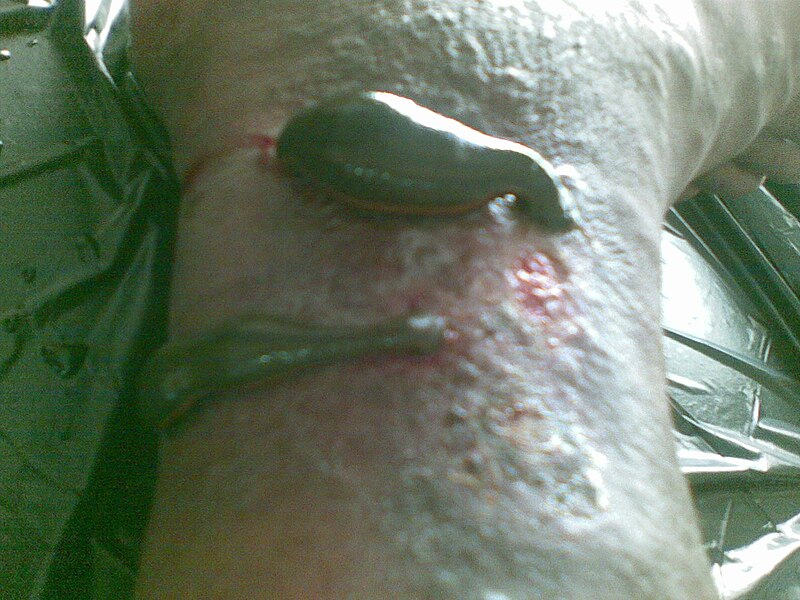
Leeches were used in ancient Egypt, Greece, and India to treat a variety of conditions, and though it seems primitive, leech therapy had its benefits. The small creatures were used to suck out excess blood, helping with issues like inflammation and circulatory problems. This method was especially helpful in wound healing and preventing blood clots. Leeches’ saliva contains anticoagulants, which modern science recognizes as effective in treating certain vascular diseases. They were also employed to reduce swelling and promote blood flow in reattached body parts. Amazingly, leech therapy is still in limited use today, particularly in microsurgery. This ancient treatment showcases the power of biological solutions.
Acupuncture

Acupuncture, originating in ancient China, involves inserting needles into the skin at specific points to stimulate the body’s energy flow, known as Qi. Despite its unusual approach, acupuncture has proven to be an effective treatment for pain relief, migraines, and even nausea. Ancient practitioners believed it restored balance within the body’s energy channels. The precision of the technique ensured targeted relief, often where other treatments failed. Over centuries, it has gained global acceptance as a complementary therapy. Today, acupuncture is recognized by modern medicine for its ability to activate the nervous system and encourage natural healing. Its effectiveness stands the test of time.
Herbal Remedies

In ancient times, civilizations like the Egyptians and Greeks relied heavily on herbal remedies. From willow bark, which contains a compound similar to aspirin, to garlic for its antibacterial properties, these natural solutions provided effective treatments. The use of herbs to cure infections, reduce pain, and promote healing has been passed down through generations. While some were trial and error, others proved to be surprisingly potent in treating common ailments. For example, turmeric and ginger were used to reduce inflammation and improve digestion. Many of these herbal practices continue today in both modern and alternative medicine. Their effectiveness stemmed from the body’s natural ability to heal when aided by nature.
Moxibustion
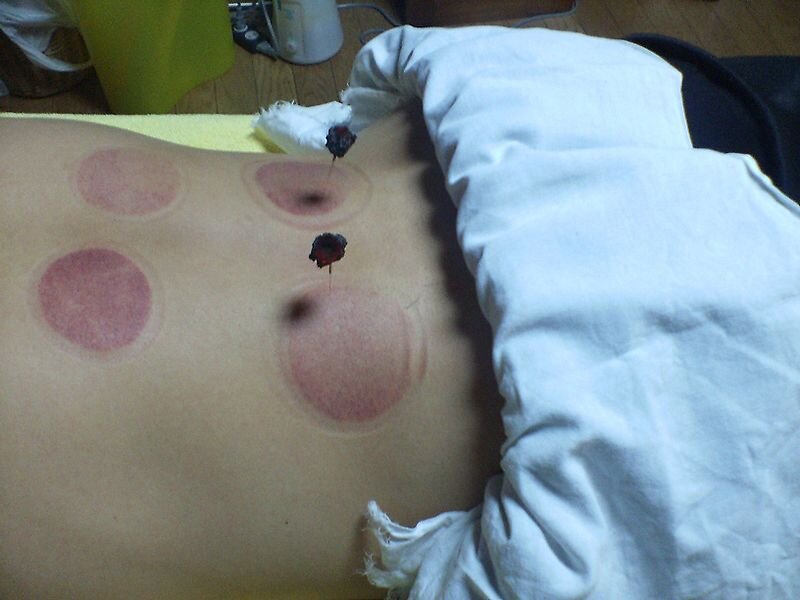
Moxibustion, like acupuncture, comes from ancient Chinese medicine and involves burning dried mugwort (moxa) near the skin. The heat and smoke from the moxa were thought to enhance the flow of energy in the body. This method was primarily used to treat chronic pain, digestive problems, and boost immunity. Interestingly, the warmth generated by moxibustion often provided relief to deep muscle pain, making it an ancient precursor to heat therapy. Patients reported increased circulation and reduced symptoms after treatment. Today, moxibustion is used in conjunction with acupuncture for a holistic approach to healing. Its lasting use indicates its strange, yet effective nature.
Cupping

Cupping, another ancient Chinese practice, involves placing heated cups on the skin to create suction. Though it looks odd, cupping was effective in increasing blood circulation, relieving pain, and pulling toxins out of the body. Ancient practitioners used it to treat everything from lung conditions to muscle pain. The vacuum created by the cup was thought to draw stagnant blood and impurities to the surface, improving overall health. Cupping gained popularity beyond China, with ancient Egyptians also using it. Modern athletes use cupping to alleviate soreness and enhance recovery. This time-tested method continues to have therapeutic value today.
Honey as a Wound Treatment

Honey was revered in ancient Egypt and Greece not only as a food but also as an effective medical treatment for wounds. Rich in antimicrobial properties, honey was used to dress cuts and burns, preventing infections. The high sugar content and low pH level create an environment where bacteria cannot thrive. It also promotes healing by keeping wounds moist and providing a barrier against contaminants. Modern research has confirmed honey’s effectiveness, particularly with its use in fighting antibiotic-resistant bacteria. Ancient healers likely didn’t know the science behind it, but their instincts were right. This sticky solution was a surprising, yet powerful, healer.
Thalassotherapy

The ancient Greeks and Romans believed in the healing power of the sea, a practice known as thalassotherapy. It involved bathing in seawater, inhaling the sea air, and using marine resources like algae and mud for healing. The minerals in seawater, such as magnesium and potassium, were thought to alleviate skin conditions, joint pain, and respiratory issues. While it seems simplistic, the high mineral content in seawater indeed benefits conditions like eczema and psoriasis. Saltwater baths were also used for relaxation and rejuvenation. Today, thalassotherapy is a luxury spa treatment, proving that the ancients were onto something. The ocean’s healing properties are undeniable.
Purging

Ancient Greek and Roman doctors frequently used purging as a method to cleanse the body of harmful substances. This practice involved inducing vomiting or using laxatives to eliminate toxins from the digestive system. Though it may sound unpleasant, purging was surprisingly effective in treating food poisoning, infections, and gastrointestinal distress. The belief was that clearing the body would restore balance to the humors, thereby promoting health. In cases of poisoning, it could indeed save lives by removing harmful substances. While we have safer methods today, the concept of detoxifying the body remains popular in various forms. This ancient practice was a crude yet functional solution.
Cold Water Therapy

Cold water therapy, also known as hydrotherapy, was practiced by ancient Romans and Greeks, who believed it could heal a variety of ailments. Immersion in cold water was thought to invigorate the body, strengthen the immune system, and improve circulation. This practice was effective in reducing inflammation and soothing muscle pain after intense physical activity. The ancient Greeks would alternate between hot and cold baths to boost overall wellness. Surprisingly, modern studies support the benefits of cold exposure for reducing muscle soreness and promoting recovery. From the ancient bathhouses to modern ice baths, this therapy remains relevant today.
Bee Venom Therapy
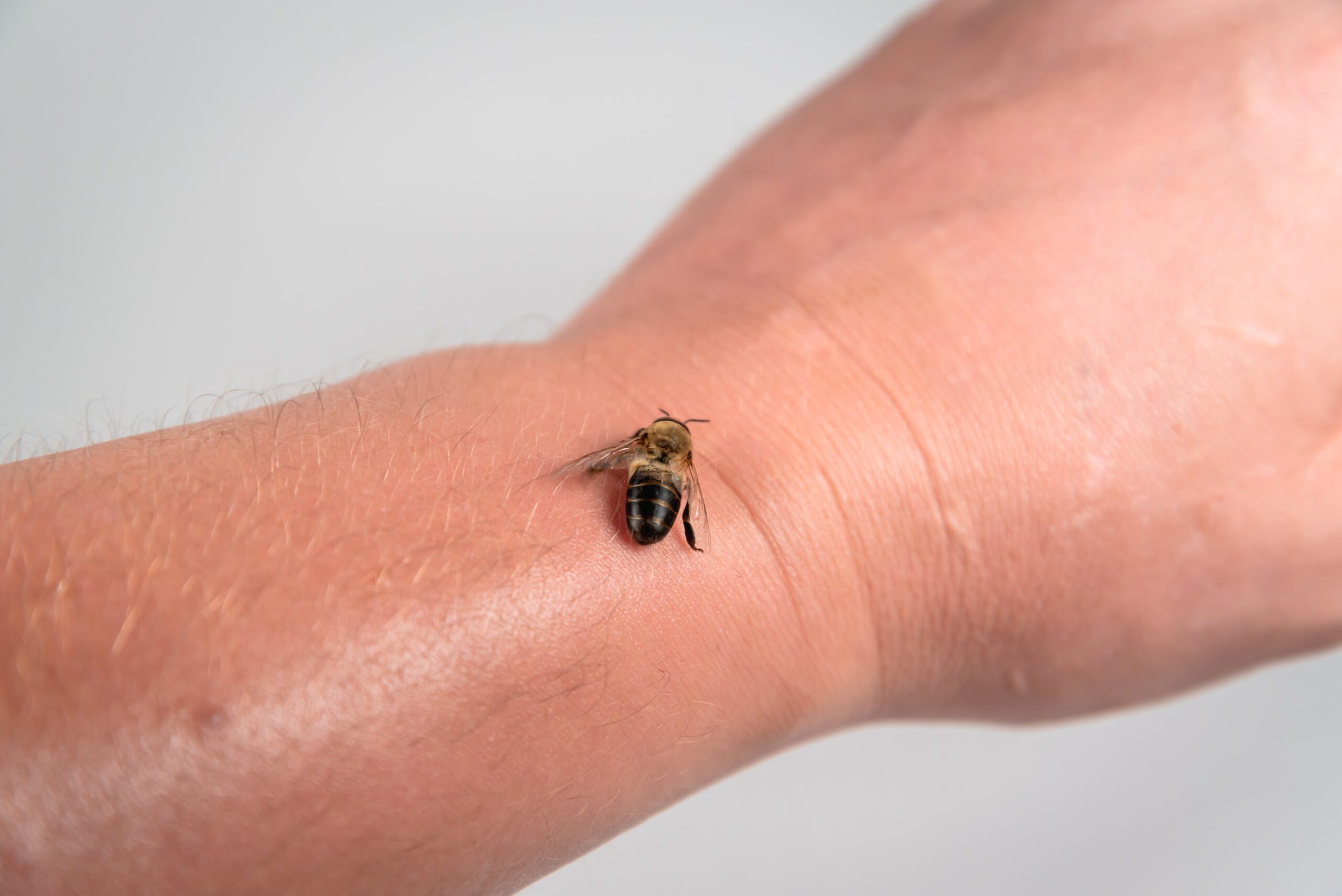
Bee venom therapy, practiced in ancient Egypt and China, involved the intentional stinging of patients to reduce pain and inflammation. Despite the painful nature of this treatment, it was highly effective for ailments like arthritis and joint pain. Bee venom contains anti-inflammatory compounds, which modern medicine has found helpful for autoimmune conditions. Ancient healers likely observed how the venom triggered an immune response that brought relief to sufferers. Bee stings were also believed to boost blood circulation and improve skin conditions. Today, bee venom is still used in some alternative therapies, proving that this ancient practice had merit.
Charcoal for Poisoning
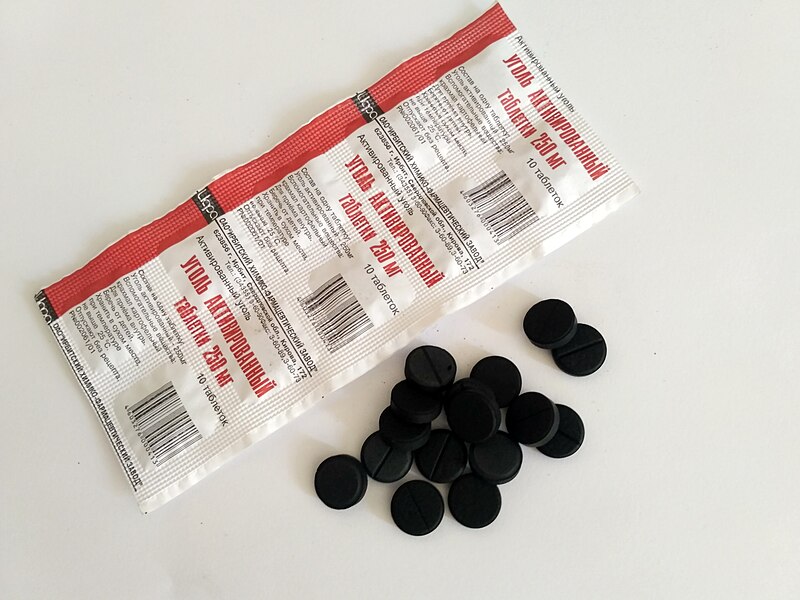
In ancient Egypt and Greece, charcoal was used to treat poisoning by absorbing toxins from the stomach. This early form of activated charcoal was surprisingly effective in saving lives by binding to the poison and preventing its absorption into the bloodstream. Ancient doctors discovered that charcoal could neutralize venom, certain plants, and other harmful substances. It was particularly useful for accidental poisonings and overdoses. Modern medicine still uses activated charcoal for emergency treatment of poisoning. This simple yet powerful remedy has endured through the centuries, showing its effectiveness.
Egyptian Laxative Treatments
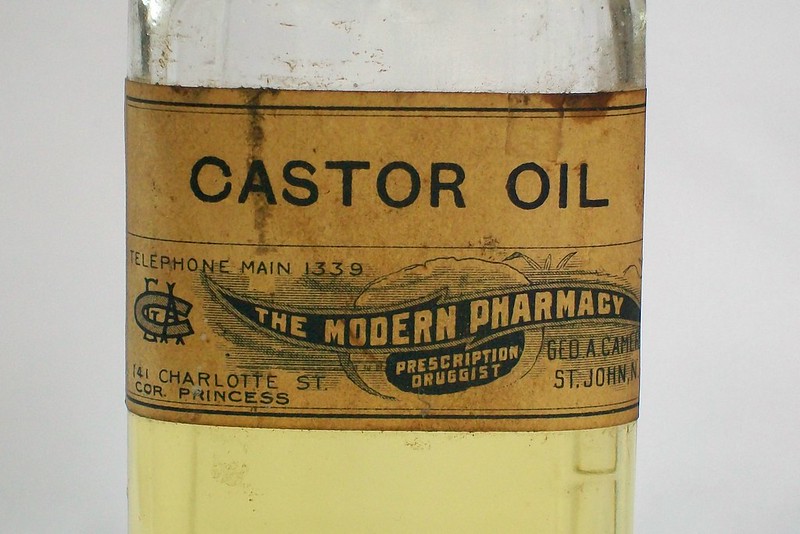
Ancient Egyptians used castor oil and other natural substances as laxatives to treat constipation and cleanse the digestive system. While this may not seem like a groundbreaking solution, the laxatives employed by the ancient Egyptians were effective in maintaining digestive health. Castor oil, derived from the seeds of the castor plant, stimulated bowel movements and helped eliminate toxins. This was particularly important in a culture that emphasized internal balance and cleanliness. They also used figs and dates, both natural sources of fiber, to improve digestion. Remarkably, many of these methods are still used today in natural and over-the-counter remedies. Their understanding of digestive health laid the groundwork for modern gastrointestinal treatments.
Willow Bark for Pain Relief

Ancient civilizations, including the Sumerians and Egyptians, used willow bark to relieve pain and reduce inflammation. The bark contains salicin, a compound that is closely related to the active ingredient in modern aspirin. Chewing on the bark or making it into a tea helped alleviate headaches, muscle pain, and fevers. This practice persisted through the centuries and eventually led to the development of one of the world’s most common painkillers. Even without fully understanding its chemical properties, ancient people knew it was a powerful remedy. Modern science has only confirmed what they discovered millennia ago.
Animal Dung in Medicines
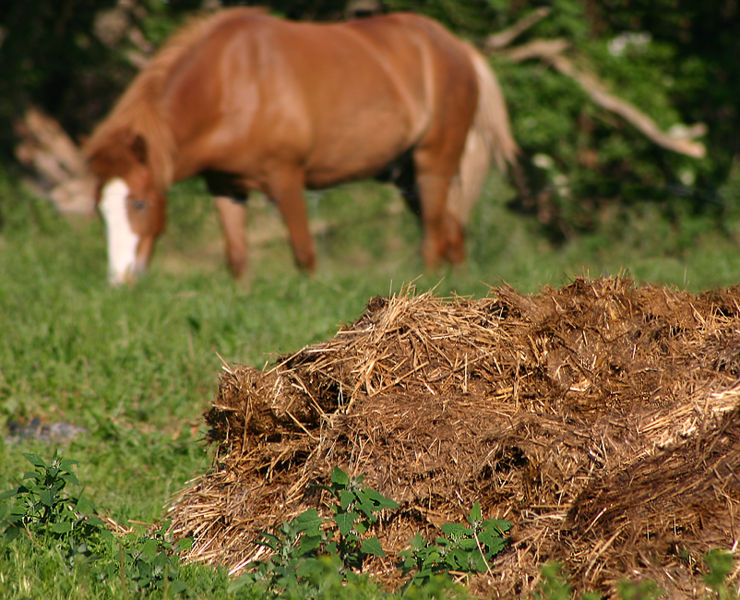
Though it may seem revolting today, various ancient cultures, including the Egyptians and Greeks, used animal dung in medicinal treatments. It was applied topically to wounds and burns, and sometimes even ingested. While it sounds unsanitary, the microbial flora in certain animal feces acted as a type of primitive probiotic, fighting off harmful bacteria. For instance, crocodile dung was used to treat infections, and pigeon droppings were believed to have anti-inflammatory properties. Despite its unpleasant nature, this practice sometimes worked, especially when combined with other medicinal herbs. It underscores the trial-and-error approach of ancient medicine.
Ritualistic Healing Ceremonies
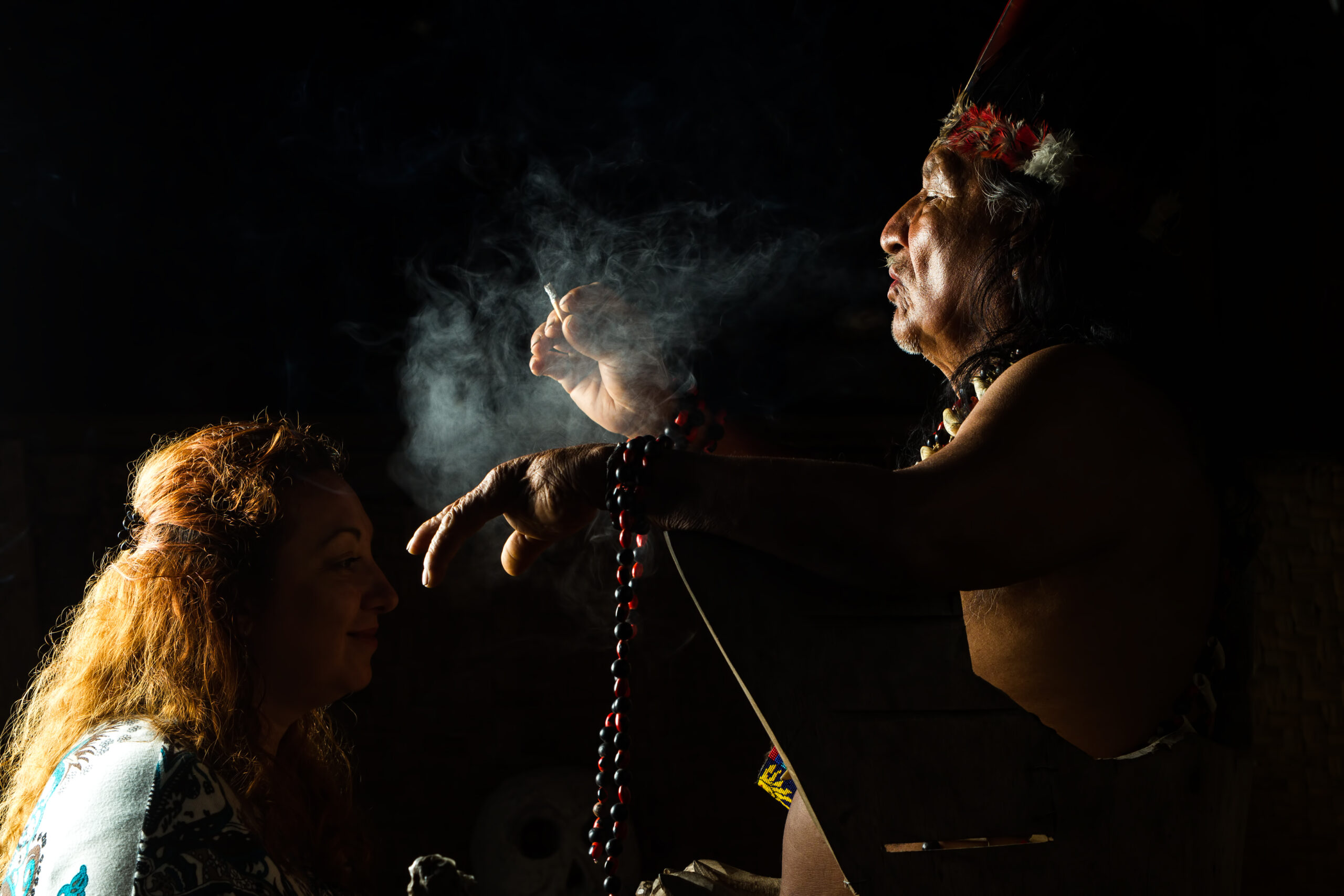
In ancient societies, spiritual and physical health were closely intertwined, leading to the development of ritualistic healing ceremonies. These ceremonies often involved chanting, dancing, and the use of herbal smoke or incense to expel “evil spirits” or negative energies from the body. While modern science attributes any health benefits to the placebo effect, these rituals provided emotional and psychological support, which is a key component of healing. They were especially effective for conditions linked to stress or mental health. Rituals performed by shamans, priests, or healers gave patients hope and comfort. This practice highlights the importance of the mind-body connection, something that modern holistic medicine continues to explore.
This article originally appeared on Rarest.org.
More From Rarest.Org
Throughout history, churches have served as spiritual centers and architectural marvels, reflecting the religious, cultural, and historical significance of their time. Some of the oldest ones in the world date back as far as the 1st century AD and offer a glimpse into the origins of Christian worship. Read more.
Diamonds are some of the most coveted gemstones in the world, known for their brilliance, rarity, and history. Among them, the largest ones ever discovered have become symbols of wealth, power, and craftsmanship. Read more.
Earth’s oldest mountain ranges are not just breathtaking landmarks; they are also geological wonders that offer insights into the planet’s history and evolution. These ancient formations, some of which are billions of years old, provide a glimpse into the early processes that shaped our planet’s surface. Read more.

